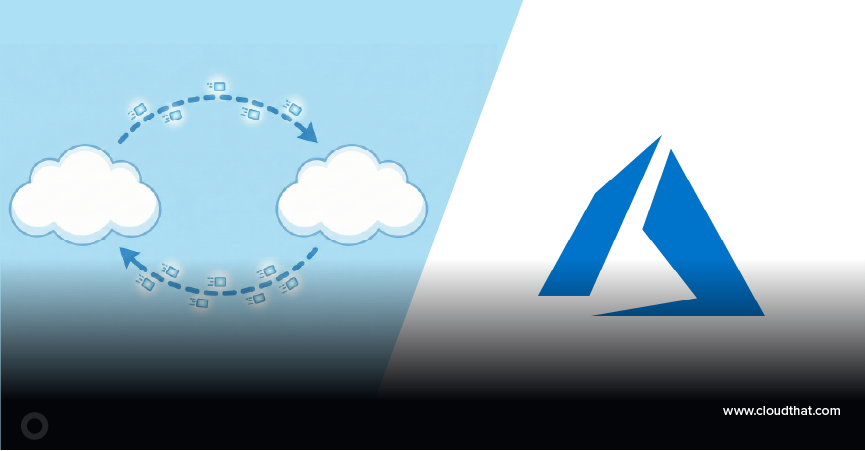|
Voiced by Amazon Polly |
Introduction
In the modern DevOps era, agility and automation are paramount. CI/CD pipelines are essential for rapidly and reliably delivering high-quality software. Among the various tools in the AWS ecosystem, AWS CodeBuild plays a crucial role by providing scalable, on-demand build environments that help eliminate the need to manage build servers manually.
However, building containerized applications within CodeBuild traditionally involved enabling privileged mode, which raised security concerns and operational complexity. That’s where the new Docker Server capability comes into play. AWS recently introduced this feature, allowing developers to build and manage Docker containers natively within AWS CodeBuild without needing privileged mode.
In this blog post, we will explore how this new capability transforms how you run containerized builds, how to adopt it in your workflow, and why it’s a must-have for modern CI/CD strategies.
Pioneers in Cloud Consulting & Migration Services
- Reduced infrastructural costs
- Accelerated application deployment
Key Features
The Docker Server capability brings several critical enhancements that significantly improve both the security and efficiency of your CI/CD pipelines.
- Elimination of Privileged Mode
Previously, to use Docker within AWS CodeBuild, projects had to run in privileged mode, which grants elevated access within the build environment. The new Docker Server allows Docker commands to run in a sandboxed and secure environment, removing the need for privileged mode altogether.
- Native Docker Support
The embedded Docker daemon runs as a dedicated server inside the AWS CodeBuild environment. This means developers can use familiar Docker commands like build, tag, push, and run without complex setups or workarounds.
- Improved Security
By isolating the Docker runtime from the host system and avoiding privileged mode, the Docker Server greatly reduces the attack surface and aligns with best practices around least privileged access. It offers a hardened environment suitable for enterprise-grade security requirements.
- Performance Optimization
This new capability enables faster builds through better resource utilization and support for Docker layer caching (where applicable). With fewer workarounds and more direct support for container builds, execution time and costs can be reduced.
- Seamless Integration with AWS Services
You can easily authenticate with Amazon ECR (Elastic Container Registry), deploy to Amazon ECS or Amazon EKS, or integrate with other AWS Developer Tools like AWS CodePipeline and AWS CodeDeploy, all within the same secure environment.
Steps to Implement
Adopting the Docker Server capability in AWS CodeBuild is straightforward. Here’s a high-level guide to get you started:
Step 1: Prepare Your Source Repository
Ensure your repository contains a Dockerfile and any necessary build scripts or configuration files.

Step 2: Set Up the AWS CodeBuild Project
When creating or editing an AWS CodeBuild project:
- Choose a supported standard Linux image (e.g., aws/codebuild/standard:6.0 or later).
- Enable the option for Docker Server if available in your AWS region and image version.

Step 3: Define Your Build Configuration
Use a buildspec.yml file to define the build phases and specify Docker commands. The Docker Server allows direct invocation of commands such as docker build, docker tag, and docker push.

Step 4: Integrate with CI/CD Pipelines
Integrate the project with AWS CodePipeline or your chosen CI/CD orchestration tool. The Docker Server capability fits seamlessly into modern DevOps pipelines using container-based delivery models.

Step 5: Monitor and Optimize
Use AWS CodeBuild’s monitoring features to review logs, adjust resource allocations (e.g., compute type), and continuously optimize build performance.

Use Cases
The Docker Server capability is especially beneficial in several real-world DevOps scenarios:
- Microservices Architecture – Teams developing microservices in separate containers can build and test each service in isolation within AWS CodeBuild. The Docker Server ensures faster and more secure builds across services.
- Containerized Application Deployment – Whether you’re targeting Amazon ECS, Amazon EKS, or even Kubernetes clusters outside AWS, Docker images built in AWS CodeBuild can be tagged and pushed directly to registries like Amazon ECR or DockerHub, ready for deployment.
- DevSecOps Pipelines – Security teams can integrate image scanning tools within the Docker environment to analyze vulnerabilities, misconfigurations, or policy violations before deployment.
- Integration and Regression Testing – Developers can run test containers or use Docker Compose setups to simulate production-like environments for full integration and regression testing within the build process.
- Multi-Stage Docker Builds – The Docker Server simplifies multi-stage Docker Builds for projects with separate build and runtime stages, essential for optimizing image size and build efficiency.
Conclusion
Whether building microservices, deploying containers to production or implementing advanced DevSecOps workflows, the Docker Server capability is designed to meet your evolving needs. It brings power, flexibility, and safety while maintaining AWS’s hallmark scalability and reliability.
Drop a query if you have any questions regarding Docker Server and we will get back to you quickly.
Empowering organizations to become ‘data driven’ enterprises with our Cloud experts.
- Reduced infrastructure costs
- Timely data-driven decisions
About CloudThat
CloudThat is an award-winning company and the first in India to offer cloud training and consulting services worldwide. As a Microsoft Solutions Partner, AWS Advanced Tier Training Partner, and Google Cloud Platform Partner, CloudThat has empowered over 850,000 professionals through 600+ cloud certifications winning global recognition for its training excellence including 20 MCT Trainers in Microsoft’s Global Top 100 and an impressive 12 awards in the last 8 years. CloudThat specializes in Cloud Migration, Data Platforms, DevOps, IoT, and cutting-edge technologies like Gen AI & AI/ML. It has delivered over 500 consulting projects for 250+ organizations in 30+ countries as it continues to empower professionals and enterprises to thrive in the digital-first world.
FAQs
1. What is the Docker Server capability in AWS CodeBuild?
ANS: – It is a feature that enables a Docker daemon to run inside AWS CodeBuild without requiring privileged mode. This allows users to build, run, and push Docker images in a secure, isolated environment.
2. How is it different from using privileged mode?
ANS: – Previously, Docker commands required privileged access, which could expose the environment to security risks. The Docker Server runs with fewer permissions but provides the same Docker capabilities, improving overall security posture.

WRITTEN BY Neetika Gupta
Neetika Gupta works as a Subject Matter Expert at CloudThat with experience deploying multiple data science projects across various cloud platforms. She has successfully delivered end-to-end AI applications tailored to business requirements on cloud frameworks such as AWS, Azure, and GCP. Neetika also specializes in deploying scalable applications using CI/CD pipelines.


 Login
Login


 June 10, 2025
June 10, 2025 PREV
PREV











Comments